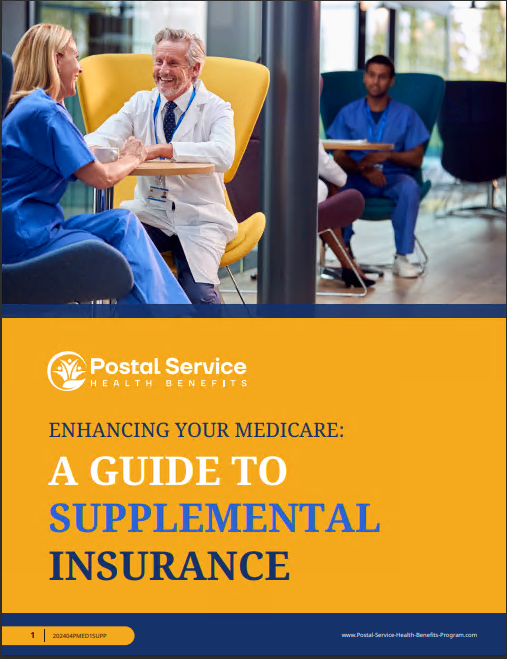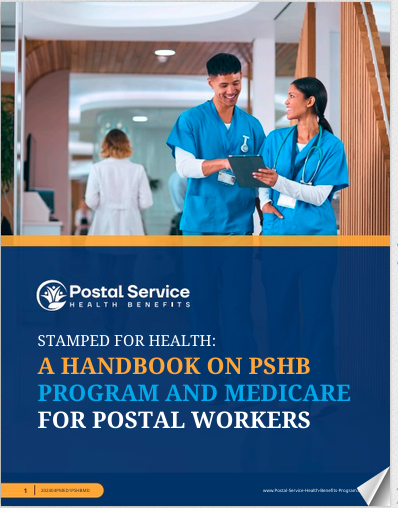Key Takeaways
-
PSHB offers USPS workers and retirees an extensive range of flexible health coverage options tailored to meet diverse healthcare needs.
-
Understanding plan structures, costs, and benefits ensures you can make informed decisions during enrollment and beyond.
Why PSHB Stands Out Among Health Coverage Options
The Postal Service Health Benefits (PSHB) program is tailored specifically for USPS employees, retirees, and their families. Its design reflects the unique needs of its audience while offering some of the most adaptable and comprehensive health plan choices available in 2025. Whether you’re actively working or enjoying retirement, PSHB provides benefits that cater to your healthcare and financial priorities.
Expansive Plan Selection
One of the most appealing features of PSHB is the variety of plans available. With options ranging from high-deductible health plans (HDHPs) to more traditional low-deductible plans, you can select a plan that aligns with your healthcare habits and budget.
Key Differences Between Plan Types
-
High-Deductible Health Plans (HDHPs): These plans often come with lower premiums but require higher upfront costs for medical services. They’re ideal if you’re healthy and want to pair your plan with a Health Savings Account (HSA) for long-term savings.
-
Traditional Plans: Offering lower out-of-pocket costs at the point of care, these plans are a good fit if you anticipate frequent medical visits or prescription drug needs.
PSHB plans also accommodate families with coverage tiers that include Self Only, Self Plus One, and Self and Family. This flexibility ensures you can choose a plan that fits your household’s size and needs.
Comprehensive Benefits
PSHB plans are designed to cover a wide range of healthcare services, including:
-
Preventive Care: Annual wellness exams, vaccinations, and screenings are fully covered to keep you healthy and catch issues early.
-
Specialist Visits: Access to network specialists with transparent copayments or coinsurance.
-
Prescription Drugs: Tiered formularies provide cost-effective options for both generic and brand-name medications.
-
Mental Health Services: Coverage for counseling, therapy, and psychiatric care ensures your mental well-being is prioritized.
-
Vision and Dental: Many plans include optional or integrated vision and dental benefits to meet your overall healthcare needs.
Coordinating Medicare for Enhanced Savings
If you’re retired and eligible for Medicare, PSHB plans integrate seamlessly with Medicare Part B. This coordination often results in lower out-of-pocket costs, as Medicare covers primary expenses while your PSHB plan handles secondary costs. Additionally, some plans offer:
-
Reduced deductibles and coinsurance.
-
Waived copayments for Medicare-covered services.
-
Prescription drug coverage through a Medicare Part D Employer Group Waiver Plan (EGWP).
Key Enrollment Periods and Timelines
Ensuring you’re enrolled in the right plan requires keeping track of important dates:
-
Open Season: Runs from mid-November to mid-December annually, allowing you to make changes to your plan or enroll in a new one.
-
Qualifying Life Events (QLEs): Changes like marriage, divorce, or the birth of a child allow you to adjust your coverage outside Open Season.
-
Transition Period for Retirees: If you’re newly retired, you have a set window to adjust your coverage to include Medicare coordination.
Timely action ensures uninterrupted coverage and minimizes any potential penalties.
Understanding Costs and Coverage Limits
To make the most of your PSHB plan, it’s essential to understand the cost-sharing elements, including:
Premiums
Premiums vary based on the level of coverage and the plan you select. The government contributes approximately 70% of the total premium, making PSHB an affordable option compared to many private health plans.
Deductibles and Coinsurance
-
In-Network Services: Plans often include lower deductibles and coinsurance rates, encouraging the use of network providers.
-
Out-of-Network Services: Costs can be significantly higher, so it’s crucial to confirm your providers are in-network.
Out-of-Pocket Maximums
PSHB plans include annual caps on your out-of-pocket spending. Once you reach this limit, the plan covers 100% of eligible expenses for the rest of the year. For 2025, in-network caps range from $7,500 for individual plans to $15,000 for family coverage.
Supporting Wellness and Preventive Care
PSHB goes beyond basic coverage by encouraging proactive healthcare. Many plans offer:
-
Free Wellness Resources: Online tools and coaching for maintaining a healthy lifestyle.
-
Chronic Disease Management: Programs for conditions like diabetes or hypertension to help you stay on track.
-
Telehealth Options: Virtual visits with healthcare providers ensure convenient access to care without leaving home.
Prescription Drug Coverage Tailored to Your Needs
In 2025, PSHB includes a $2,000 cap on out-of-pocket costs for prescription drugs under Medicare Part D. This major enhancement eliminates financial uncertainty for those requiring ongoing medication. Additionally, you’ll benefit from:
-
Tiered pricing that makes generic drugs more affordable.
-
Broad access to pharmacies, including mail-order options.
Tools to Simplify Your Healthcare Experience
Managing your health plan is easier than ever with PSHB’s online tools and resources:
-
Plan Comparisons: Side-by-side breakdowns of coverage, costs, and benefits help you choose the right plan.
-
Mobile Access: Many PSHB plans include apps for checking benefits, finding providers, and accessing ID cards.
-
Customer Support: Dedicated helplines ensure you get answers to your questions promptly.
A Financially Sound Choice for USPS Employees
PSHB is not only designed for comprehensive care but also offers significant cost savings compared to private health insurance. With government contributions covering the majority of premiums, you’ll find that PSHB plans provide exceptional value. Additionally, the integration with Medicare for retirees further enhances affordability.
Making Your Choice with Confidence
Selecting the right PSHB plan is a personal decision that depends on your healthcare needs, budget, and family situation. Take advantage of tools like plan brochures and comparison guides available on the Office of Personnel Management (OPM) website to make an informed choice.
Remember to review your plan annually during Open Season, as coverage details, premiums, and benefits may change.
Empower Your Healthcare Decisions in 2025
With its unmatched flexibility, comprehensive benefits, and seamless Medicare integration, PSHB stands out as one of the most adaptable health coverage options available to USPS employees and retirees. Take the time to explore your options and choose a plan that meets your needs today and in the years to come.






